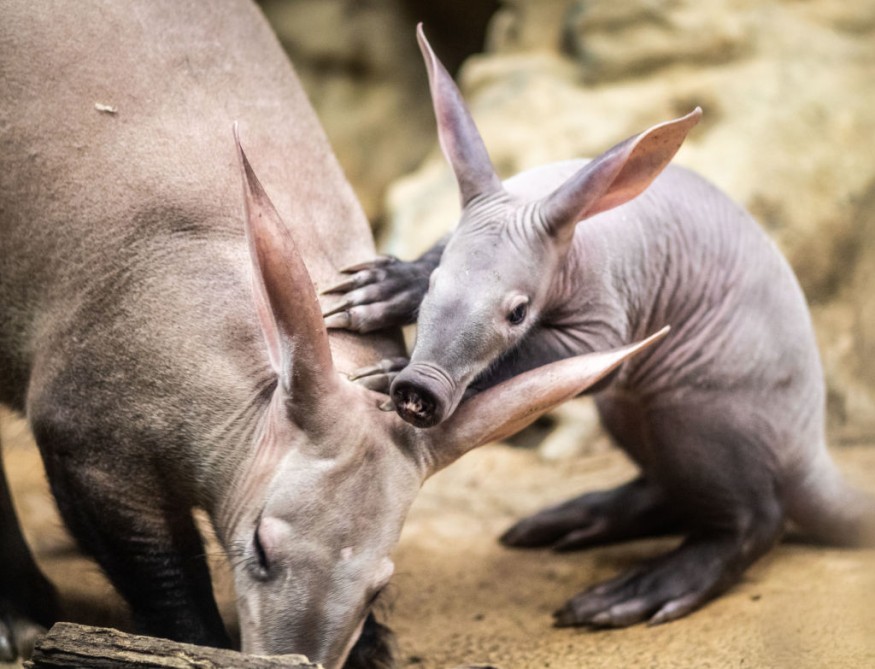England's Chester Zoo has obtained a baby aardvark for the first time since it opened to the public 90 years ago. The newest addition reminds the zookeepers of a particular character from J.K. Rowling's hit book and movie series "Harry Potter."
Meet Dobby: Aardvark Calf at Chester Zoo
The aardvark calf was born in the sanctuary last January 4. It obtained the nickname Dobby due to the similarities of its physiology with the iconic house-elf character from the Harry Potter series.
Dobby and the Harry Potter elf both have oversized ears and hairless skins. What makes the new zoo member unique is its wrinkled skin that heavily resembles the elf's features.
Chester Zoo team manager Dave White said in a People report that as soon as they saw the baby aardvark for the first time in its mother's side, the team instantly recognized its striking resemblance with the Harry Potter character, Dobby. For now, the aardvark will hold the name chosen by White's team.
Dobby's mom is a bit uncoordinated in caring for its calf due to the nature of aardvarks. However, the sanctuary experts are providing their best efforts to assist the needs of the youngling.
Today, Dobby is already five weeks old. Its gender is yet to be confirmed due to the slow early development of aardvarks that takes weeks or even months.
Keepers do their best to feed and nurture the baby aardvark every few hours. Aardvarks are nocturnal and require the team to attend to the calf at night.
White said that mother aardvarks are notorious for being clumsy when raising their newborns. Because of the tiny size and frailty of Dobby's body, the team ensures that all protective measures are set.
Night-time supplementary feeding sessions are also strictly followed until the calf grows a bit stronger.
Most of the time, Dobby tends to spend its time bonding and snuggling with its mother, named Oni.

ALSO READ : Asian Unicorn Now Critically Endangered; Hunt for Saolas Still on Progress to Prevent Extinction
Aardvarks Today
Dobby belongs to the 66 remaining aardvarks preserved in sanctuaries across Europe. In other countries, the accredited zoos house a total of 109 aardvarks.
Chester Zoo mammalian expert Mark Brayshaw said that keeping the safety and care for species like the aardvarks gives us a chance to know more about their biology and behaviors.
Brayshaw added that the information gathered from these preservation efforts is being relayed to other conservation groups to maintain the collective effort of maintaining their population.
Aardvarks are also known as antbears. Their species are endemic to regions in sub-Saharan Africa. In the Afrikaan language, aardvarks mean "earth pig."
Despite their adorable physiology, the aardvarks are often hunted for their meat. The aardvark population has been decreasing due to the agricultural development on their habitats, according to Chester Zoo.
Aardvarks use their long noses to sense small insects, such as termites and ants, for food. They extract the insects through their powerful sniff and long tongue covered in sticky saliva, according to BBC. They also have claws that can open termite mounds and dig soils for underground burrows.
RELATED ARTICLE : Tasmanian Devils Are The Only Scavengers Who Has a Picky Diet, What Is Their Favorite Food?
Check out more news and information on Endangered Animals in Science Times.
© 2025 ScienceTimes.com All rights reserved. Do not reproduce without permission. The window to the world of Science Times.











